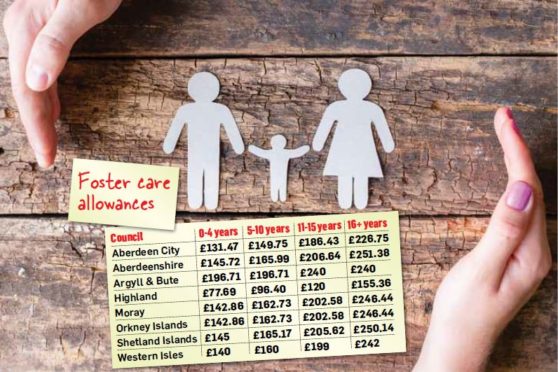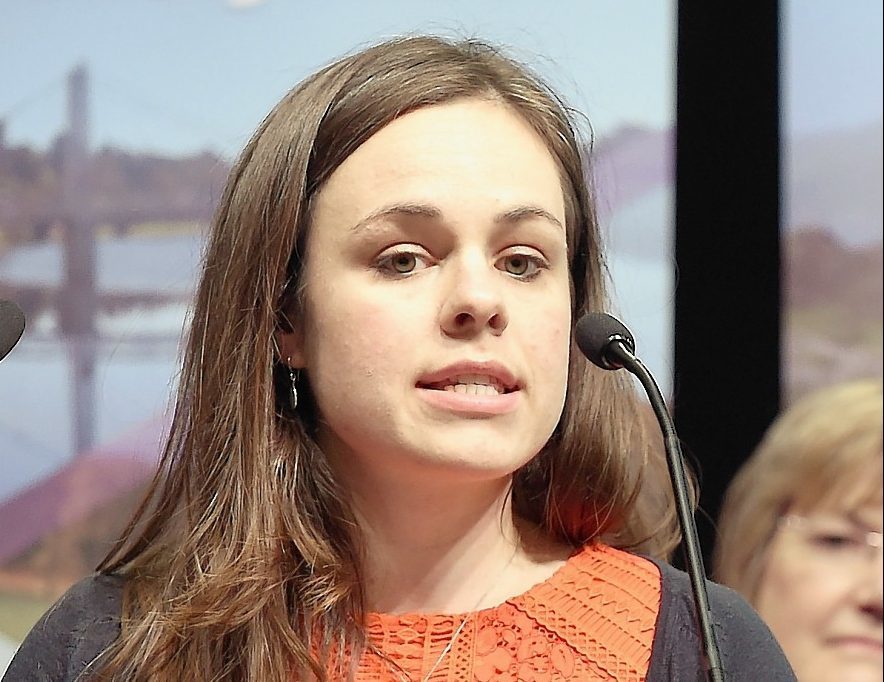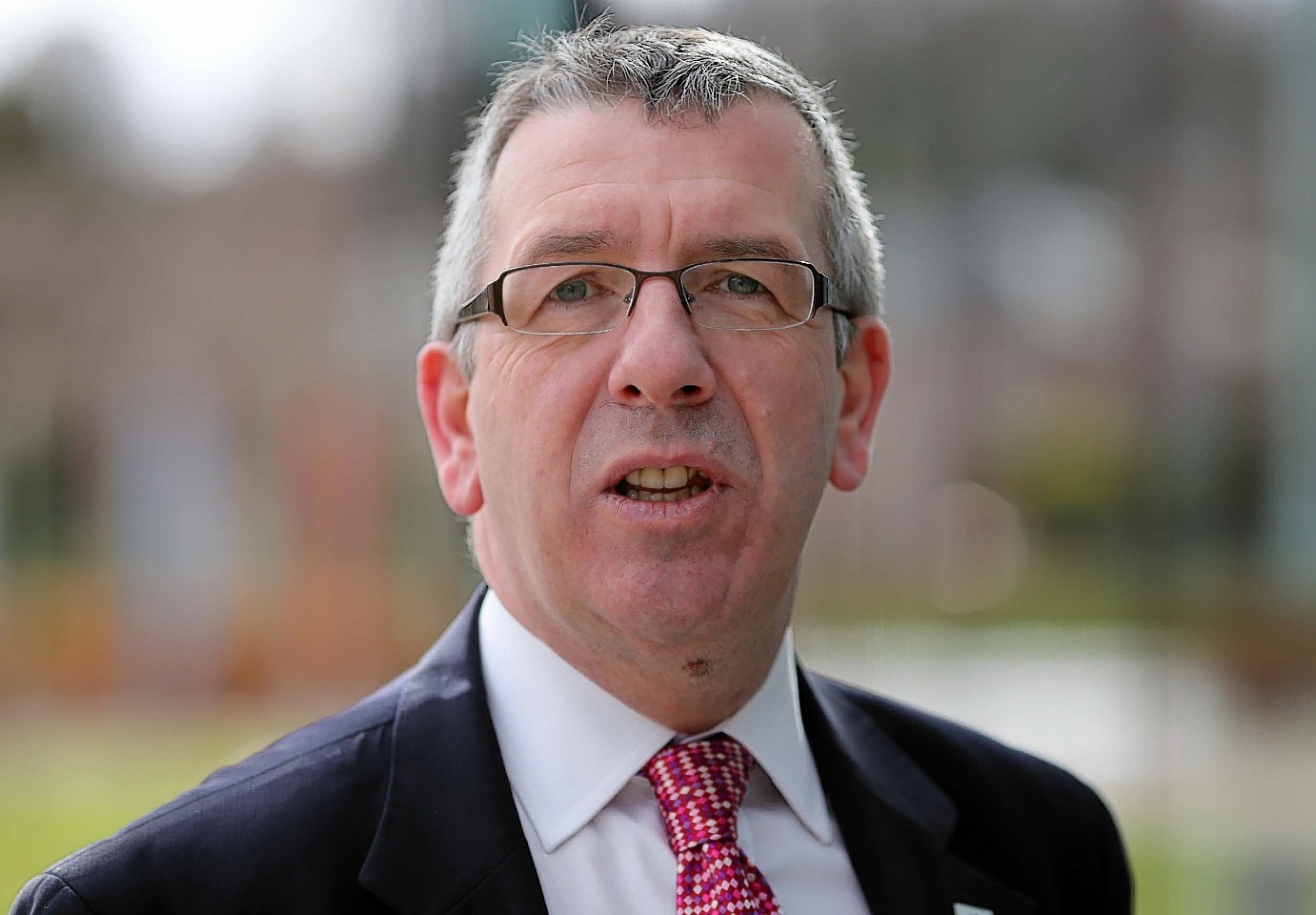Calls for better payments to foster carers across the north have been made after it emerged that Highland Council is the lowest provider of allowances across the nation when it comes to children under the age of 11.
The figures, obtained by Kate Forbes MSP, show Highland Council coming in bottom in two of the four age categories measured for children aged between the ages of zero to 16.
They also identified that Highland Council is currently spending more than £2million to place children who require foster care outwith the area, with a shortage of carers across the region.
Ms Forbes said: “This is a much bigger question about how we support foster carers.
“It is baffling that in Duror, part of my constituency, a foster carer would get an allowance of £77, whereas ten minutes down the road in Appin in Argyll and Bute, they would get more than double that.
“Argyll and Bute is arguably even more remote and rural than parts of the Highlands so it can’t just be due to the rural nature of the Highlands.”
For children from birth to four years , the Highland Council currently pays a weekly allowance of £77.69 – the lowest in Scotland – less than half of what is offered by neighbouring local authority Argyll and Bute at £196.71 per week.
It is a difference of over £6,000 over the course of the year.
The Highland Council is only just beaten to bottom spot for the 11-15 and 16+ age categories by Renfrewshire Council. However, due to the flat rate fee of £108.79 offered by Renfrewshire throughout the course of a child’s development from birth to 18, foster carers in the area will find themselves over £4,000 better off than if they were to take up the role in Highland.
>> Keep up to date with the latest news with The P&J newsletter
Highland aside, local authorities across the north fair reasonably better, with Aberdeenshire Council weighing in as the most favourable north authority across all four age categories, with Argyll and Bute topping the charts for the 11-15 age category, distributing the highest fee across Scotland at £240 per week.
Councillor Linda Munro, chairwoman of Highland Council’s Corporate Parenting Board said: “Highland Council is ambitious to recruit more carers as we know that this is the best thing for children in the Highlands.
“We recognise that hands-on support for carers is as important as the rate of allowances but also that we would like to bring our allowances into line with other councils at the earliest opportunity.
“Fostering allowances are not set at a national rate but are at the discretion of individual councils and there is considerable variation as the table shows.”
A spokeswoman for Highland Council confirmed discussions with relevant elected members had already taken place in relation to increasing rates, however, no timescale could be attributed to any potential changes.
Local elected members expressed their concerns yesterday with Edward Mountain commenting on the “stark difference” between Highland and the other 31 local authorities, before welcoming the campaign to improve the recruitment of foster carers across the region.
Highlands and Islands MSP David Stewart urged the Scottish government to end the postcode lottery to ensure “no child be left behind”.
He also called for a national minimum allowance to be introduced, with higher rates be given to the Highlands and Islands “given the rurality and levels of fuel poverty.”


